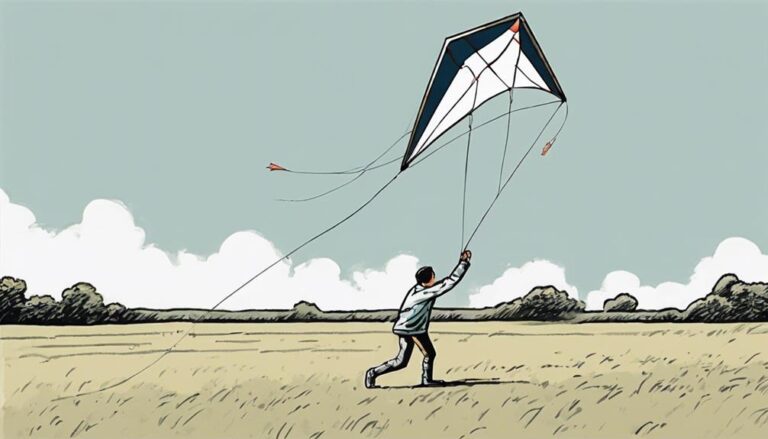Have you ever wondered what happens when you let go of a kite? As kids, we would often run around with our kites and have fun in the breeze.
However, accidents happen, and sometimes we accidentally let go of the kite. In this article, we will explore the consequences of letting go of a kite, whether it’s intentional or not.
Contents
Understanding the Science of Kite Flying
Before we delve into the consequences of letting go of a kite, it’s important to understand the science behind kite flying.
Kites rely on the wind to stay up in the air. The air flows over the kite’s surface, creating a lift force that keeps it flying. The string that holds the kite is used to control its altitude and direction.
The Consequences of Letting Your Kite Go
1. The Kite Will Fly Away
When you let go of a kite, it will fly away with the wind. The wind will carry it away from you, and it will eventually disappear from sight. Depending on the wind speed and direction, the kite can fly several miles away.
2. The Kite Can Cause Damage
When a kite is flying, it can reach high altitudes. If you let go of the kite, it can become a dangerous object.
It can get caught in power lines, crash into buildings, or even hit someone. The consequences can be severe, and it’s essential to be careful when flying kites.
3. The String Can Cause Injury
The string that holds the kite can cause injury if it’s not handled carefully. If the kite is flying high, the string can become taut and create a sharp edge.
If someone runs into the string, it can cause cuts or even neck injuries.
4. The Kite Can Get Tangled
When a kite flies away, it can get tangled with other objects. If it gets caught in a tree or a building, it can become difficult to retrieve. It’s important to be mindful of where you’re flying your kite to avoid these situations.
How to Avoid Letting Go of a Kite
To avoid letting go of a kite, there are a few things you can do:
1. Choose a Safe Location
Make sure to choose a safe location to fly your kite. Avoid areas with power lines, buildings, or other obstacles that can cause damage or injury.
2. Use a Kite String Winder
Using a kite string winder can help you control the kite better. It allows you to control the altitude and direction of the kite, reducing the chances of letting go.
3. Hold the Kite Tightly
Holding the kite tightly can prevent it from flying away. Make sure to keep a firm grip on the string and avoid any sudden movements that can cause the kite to slip from your hand.
Conclusion
In conclusion, letting go of a kite can have severe consequences. It can fly away, cause damage, injure someone, or get tangled.
Understanding the science behind kite flying and taking necessary precautions can help avoid these situations.






